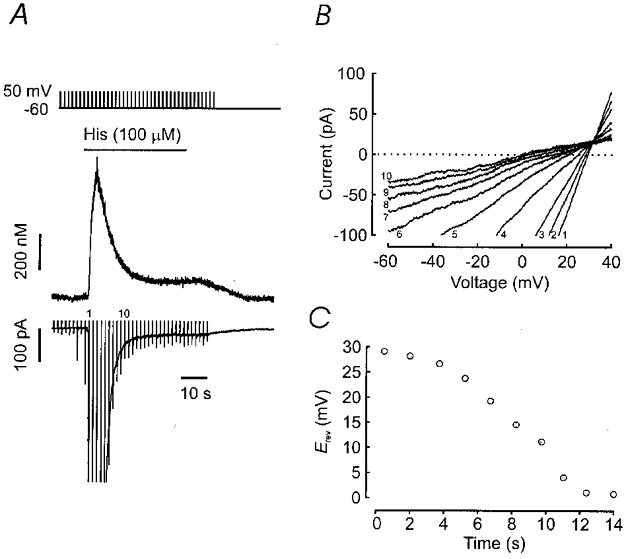Figure 2. Histamine activates calcium-activated chloride and non-selective cation currents.

A, [Ca2+]i and inward current responses to histamine were recorded under conditions in which the chloride equilibrium potential was shifted to 34 mV by replacing extracellular NaCl (125 mm, Fig. 1) with NaCl and caesium acetate (31.5 and 93.5 mm, respectively). Ramp pulses from −60 to +50 mV for 150 ms were applied at 1.5 s intervals. Numbers indicate sequential ramp currents shown in B and C. B, difference currents for sequential ramp pulses during histamine application. At the peak of the transient current the instantaneous current reversal potential (Erev; intersection of current trace with dotted zero current line) was 29 mV, indicating a predominant chloride conductance. As the transient current decayed, the reversal potentials progressively approached 0 mV (monovalent cation reversal potential = 2 mV). C, a plot of reversal potentials obtained from the ramp pulses shown in Bversus the time after histamine activation of currents indicates a progressive decay of the chloride current.
